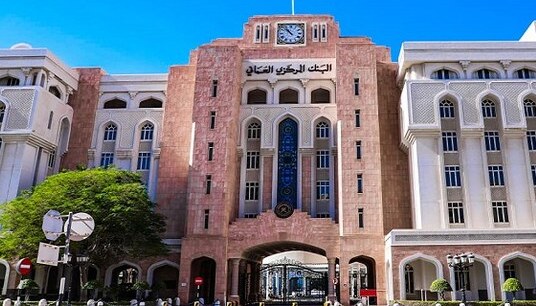The Central Bank of Oman successfully issued treasury bills worth 14 million Omani rials ($36.41 million) through two tranches on Tuesday, according to an official statement. The first tranche, with a maturity period of 28 days, was worth 10 million Omani rials and had an average expected price of 99.645 Omani rials per 100 Omani rials. The tranche’s average discount rate and yield were 4.62768 per cent and 4.64417 per cent, respectively.
The second tranche, worth 4 million Omani rials, had a longer maturity period of 91 days and an average expected price of 89.755 Omani rials per 100 Omani rials. The successful issuance of treasury bills is expected to help the Central Bank of Oman finance the government’s expenditures and manage liquidity in the economy.
The issuance of treasury bills is a common practice used by governments and central banks to raise short-term funds to meet their financial obligations. Treasury bills are generally considered to be low-risk investments because they are backed by the full faith and credit of the government that issues them.
Oman’s economy has been impacted by the COVID-19 pandemic and the decline in oil prices, which are the country’s main source of revenue. In response to these challenges, the government has introduced various measures to support the economy, such as reducing public spending, increasing taxes and fees, and seeking financial assistance from international lenders.
The Central Bank of Oman has also introduced several measures to support the economy, including reducing interest rates, providing liquidity support to banks, and introducing a loan repayment deferral program for borrowers affected by the pandemic.
Oman’s economy is expected to recover gradually in the coming years, driven by the government’s efforts to diversify the economy and reduce its dependence on oil. The country’s non-oil sectors, such as tourism, logistics, and manufacturing, have shown resilience during the pandemic and are expected to drive economic growth in the future.
The Central Bank of Oman regularly issues treasury bills as a means of raising funds for the government. These bills are short-term financial instruments with maturities ranging from a few days to a year. They are issued at a discount to their face value, with the difference between the face value and the issue price representing the interest earned by the investor.
The latest issue of government treasury bills comes amid a challenging economic environment for Oman. Like many countries around the world, Oman has been hit hard by the COVID-19 pandemic, which has severely impacted its oil-dependent economy. The government has been taking steps to diversify the economy and reduce its reliance on oil, but these efforts have been hampered by the pandemic.
The issuance of treasury bills is one way for the government to raise funds to meet its financial obligations. These bills are usually considered a safe investment, as they are backed by the full faith and credit of the government. However, investors must carefully evaluate the risks associated with investing in treasury bills, including the possibility of default or inflation eroding the value of their investment.
The Central Bank of Oman plays a critical role in the country’s economy, as it is responsible for regulating the banking sector and ensuring the stability of the financial system. It also manages the country’s monetary policy, which involves setting interest rates and controlling the supply of money in the economy.
In conclusion, the successful issuance of treasury bills by the Central Bank of Oman is a positive development for the country’s economy, as it provides the government with the necessary funds to meet its financial obligations and manage liquidity in the economy. The move is also in line with the government’s efforts to support the economy during these challenging times and diversify it in the long term.









